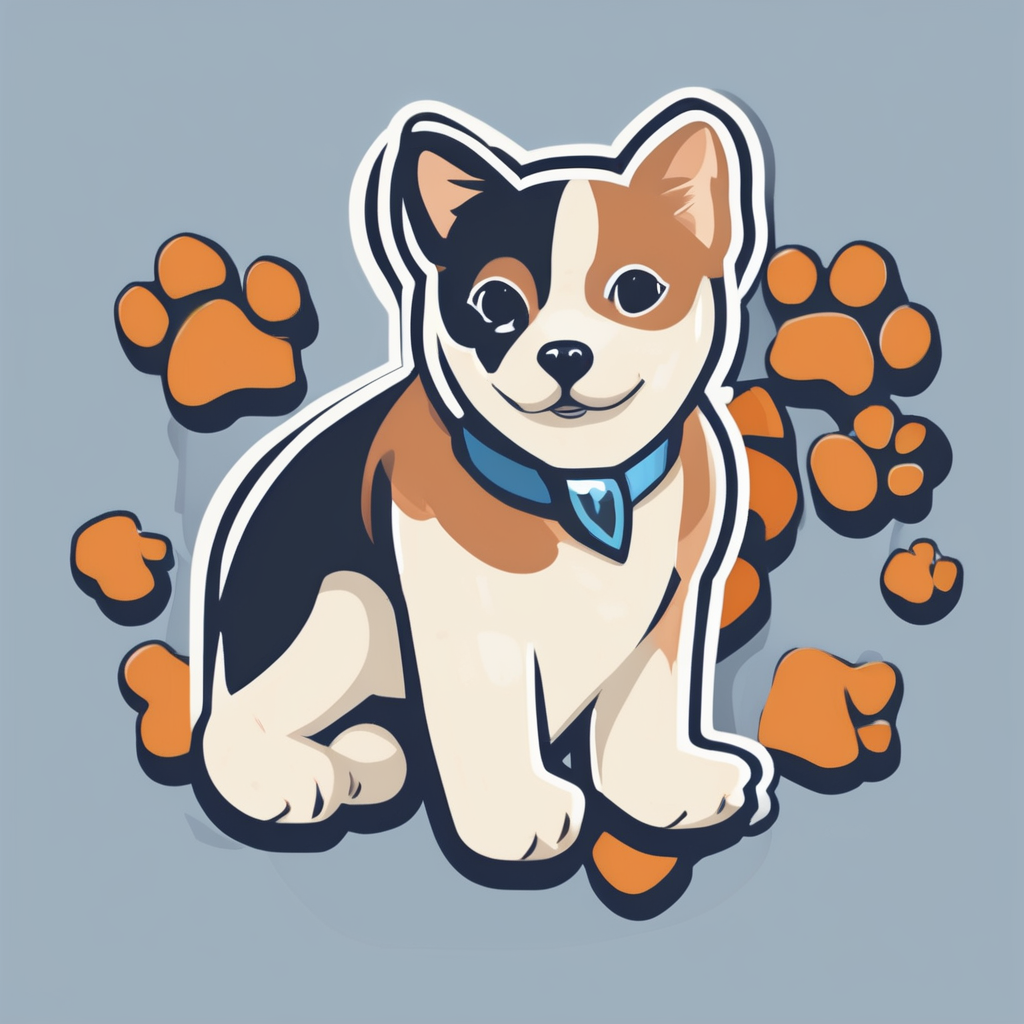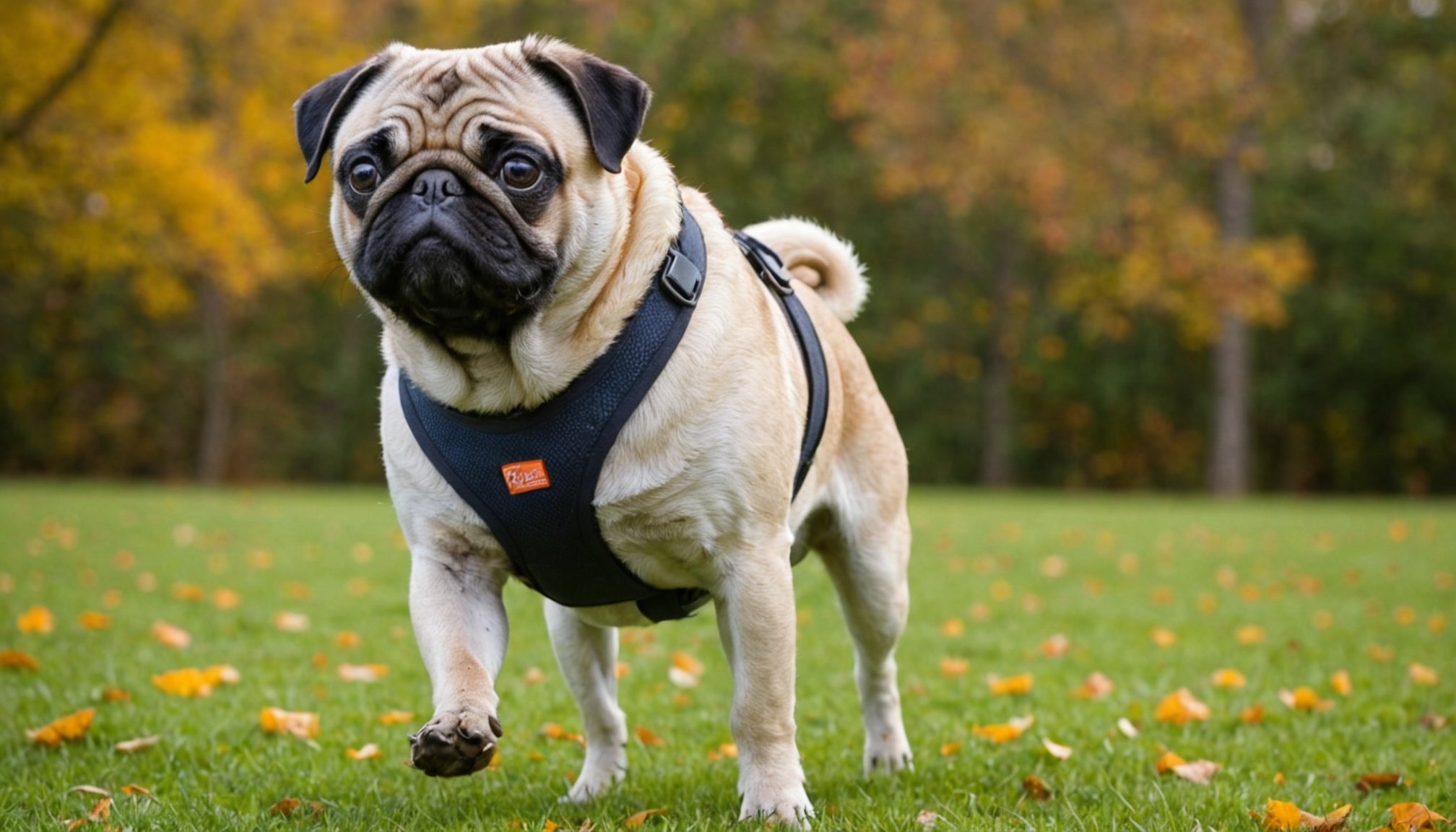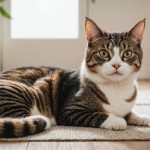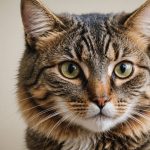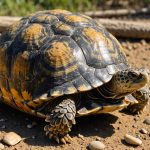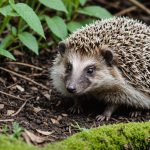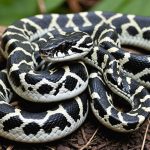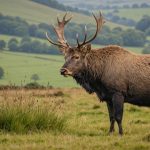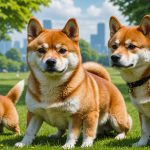Understanding Senior Pug Health
As pugs gracefully enter their senior years, they experience various health changes that necessitate special attention. These changes are natural and often include shifts in energy levels, mobility, and sensory perception. Recognising these shifts can help pug owners provide effective care tailored to their pets’ evolving needs.
Senior pugs are particularly susceptible to a range of common health issues. Respiratory problems, exacerbated by their flat faces, can become more pronounced. Arthritis often leads to reduced mobility and discomfort, while obesity presents further strain on their joints. Additionally, dental disease is prevalent and can significantly impact overall health. Understanding these common issues is essential for preventative care.
A découvrir également : Optimal nutrition strategies for promoting strong bone growth in young salukis
The cornerstone of maintaining good health in senior pugs is consistent and proactive veterinary care. Regular check-ups allow veterinarians to monitor ongoing health conditions and catch potential problems early. These visits also provide an opportunity for discussions about weight management, dietary adjustments, and tailored exercise programs.
By being attentive to the unique health needs of senior pugs, owners can create a supportive environment that promotes longevity and quality of life. Regular veterinary oversight, combined with informed care, ensures that pugs enjoy their golden years with vitality and comfort.
Cela peut vous intéresser : Essential tips for effectively introducing your young shiba inu to other pets
Exercise Routines for Senior Pugs
When it comes to Pug exercise, particularly for senior pugs, it’s crucial to focus on routines that accommodate their reduced energy levels and potential health issues. Low-impact activities are ideal as they minimise stress on joints while still providing health benefits. Walking remains one of the best low-impact exercises for senior pugs. Aim for short, regular walks at a consistent pace to maintain fitness without overexertion.
Incorporating low-impact activities like indoor play sessions can also be beneficial. Using toys that encourage gentle movement helps stimulate both the body and mind of your pug. Water aerobics is another excellent option, providing resistance and support, enhancing cardiovascular fitness without putting undue stress on their bodies.
The importance of regular but gentle exercise cannot be overstated. Such exercise helps maintain a healthy weight, improves cardiovascular health, and enhances overall wellbeing. Creating a balanced fitness routine should involve a mix of activities to engage different muscle groups and prevent boredom. Always pay attention to your pug’s responses. Adjust routines as necessary to ensure they are enjoying themselves and not experiencing discomfort. Regular vet check-ups can guide adjustments to suit their specific needs, ensuring a happy and healthy life.
Nutritional Needs of Senior Pugs
As pugs age, their dietary requirements evolve, necessitating specific adjustments to ensure their health and well-being. Understanding the senior pug diet is crucial as pugs age; their metabolic rates decrease, making healthy weight management a priority. Over-feeding can lead to obesity, which is prevalent among senior pugs.
Portion control becomes vital in maintaining the ideal weight. It involves providing smaller, more frequent meals rather than one large serving. This practice aids digestion and prevents overeating. A balanced diet rich in essential nutrients like protein, vitamins, and minerals supports dog nutrition by enhancing energy levels and promoting overall health.
Furthermore, dietary changes should include the incorporation of supplements, particularly omega-3 fatty acids and glucosamine, to support joint health and mobility. These supplements help to ease joint pain, common in aging pugs, and improve their quality of life.
Lastly, always consult with a veterinarian to tailor dietary plans according to your senior pug’s specific needs. This ensures any adjustments accommodate individual health conditions and maintain optimal health throughout their golden years.
Monitoring Weight and Health
Maintaining optimal weight management is crucial for a pug’s overall well-being. Start by using a reliable scale to weigh your pug regularly, ensuring consistency. Ideal frequency is once a month, allowing you to catch any concerning trends. Health monitoring is not only about numbers. Observe your pug’s behaviour: changes in energy levels, breathing, or reluctance to move can indicate issues.
Pet obesity is a significant concern, particularly in senior pugs. Recognise signs such as difficulty with movements, inability to feel ribs under a normal amount of pressure, or a visible ‘middle-aged spread.’ Addressing these early can prevent further health complications.
Strategies to tackle weight gain effectively include consulting with a vet to tailor an exercise routine, alongside a balanced diet. Ensure meals are portion-controlled and avoid high-calorie snacks. Consistent exercise should include short, gentle walks and controlled playtime, being cautious not to overexert your pug.
By remaining vigilant and proactive, you can provide the best health monitoring for your pug, ensuring a happier, healthier life. Monitoring and adjusting habits can prevent the onset of more severe conditions linked to pet obesity, such as diabetes or joint issues.
Preventive Care for Senior Pugs
As pugs age, preventive care becomes increasingly crucial to ensure their longevity and quality of life. One of the most essential aspects of senior pug wellness is routine health screenings. These screenings allow for the early detection of common age-related issues such as arthritis, obesity, and heart disease. By catching these conditions early, you can manage them effectively and prevent further complications.
Vaccinations also play a vital role in the preventive care of older dogs. While some core vaccinations will have been done at a younger age, boosters and additional vaccines might be necessary to maintain immunity against illnesses. Regular vaccinations help keep your senior pug protected and in good health.
Encouraging regular check-ins with the vet is another cornerstone of senior pug wellness. These appointments provide an opportunity for vets to perform comprehensive assessments, update vaccinations, and discuss any behavioral or dietary changes. More frequent visits might be recommended for senior dogs to monitor ongoing health conditions closely.
By prioritizing preventive care, including routine health screenings, consistent vaccinations, and regular veterinary check-ups, you can significantly enhance your senior pug’s overall well-being.
Building a Supportive Environment
Creating a comfortable living environment for senior pugs is vital to ensuring their well-being. As pugs age, they become more sensitive to their surroundings and require extra care. Pet owners can support their pets by offering comfortable spaces where older pugs can rest and relax. This involves providing soft bedding, easy access, and maintaining a calm atmosphere to help reduce stress.
It’s crucial to focus on stress reduction, as senior pugs are often more susceptible to anxiety. Engaging them in gentle play can provide mental stimulation while simultaneously lowering stress levels. Activities like scent games or interactive toys cater to their cognitive needs without overwhelming them. Encouraging social interaction is also beneficial. Regular, short walks or meet-ups with other calm animals can enhance their mood and add gentle excitement to their routine.
Pet owner support includes understanding the emotional and physical changes that come with age. By fostering a loving and accommodating environment, you acknowledge these transformations, promoting the overall happiness of your aging pug. When equipped with the right strategies and means, pet owners can successfully navigate the unique challenges associated with caring for senior pugs.
